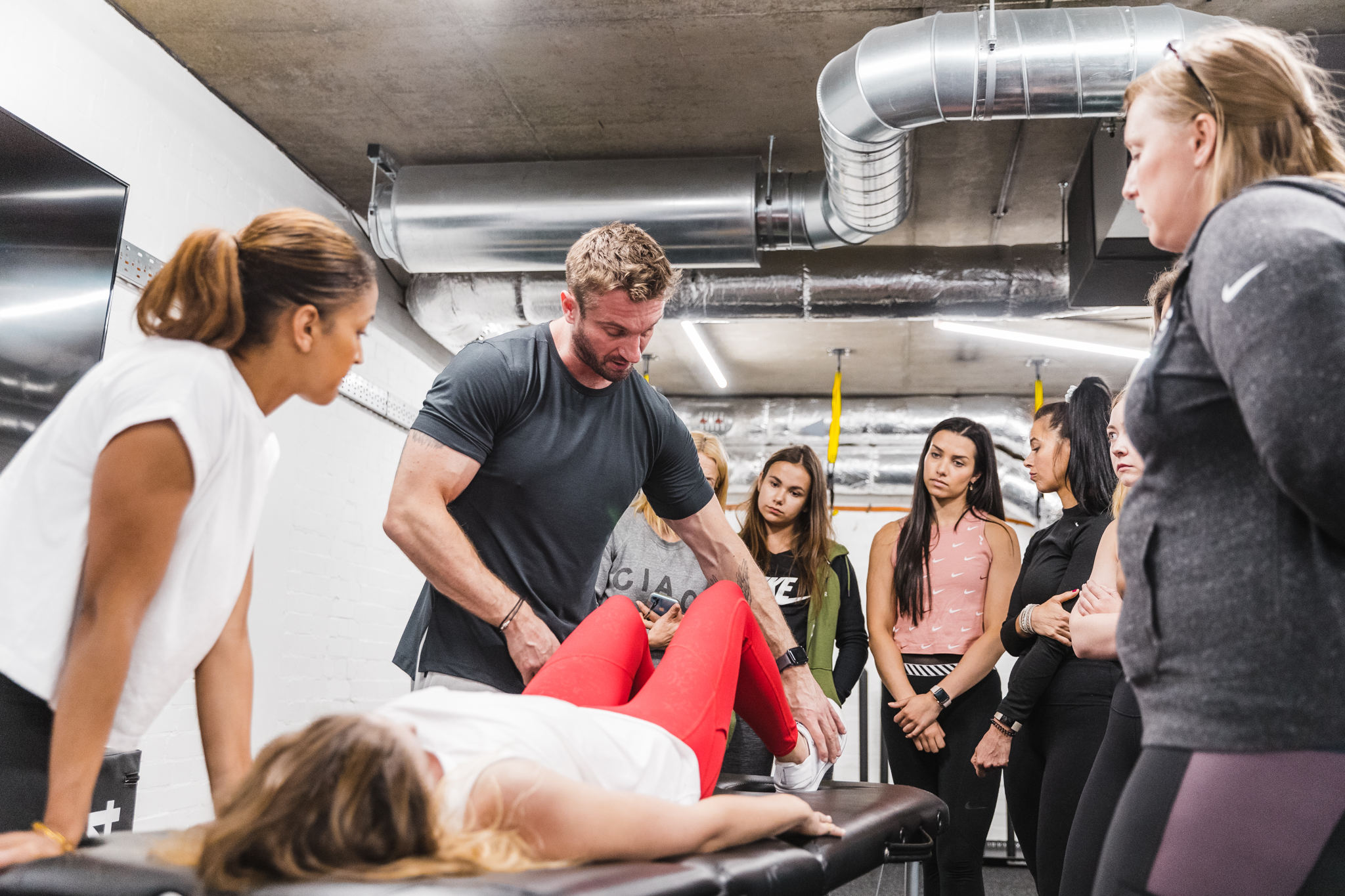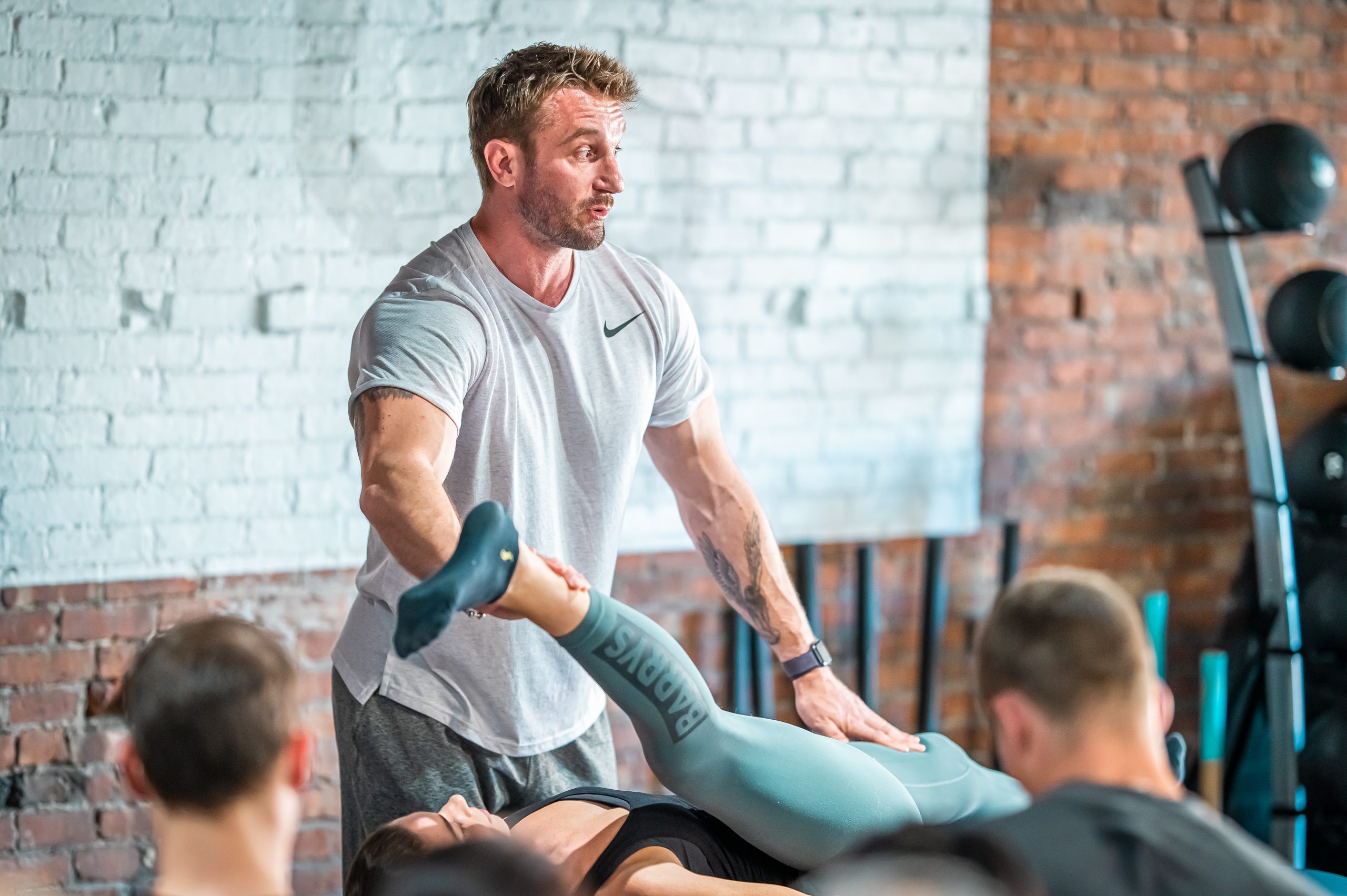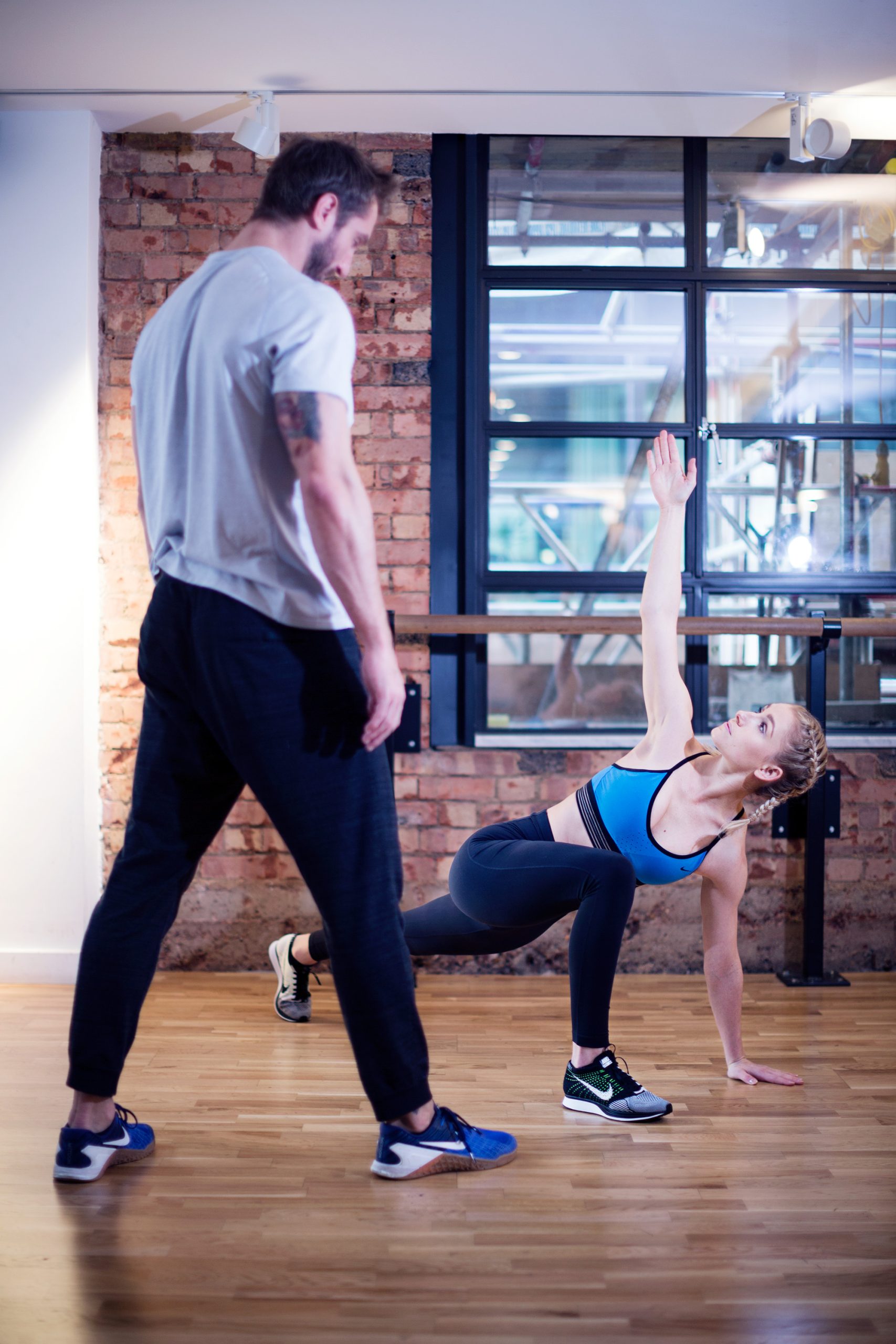The Foundation of Effective Actor Training Through Postural Restoration:
In physical preparation for performers, the desire outcome is aesthetics and strength, however, we will be far more efficient, effective – not to mention safe – if we base these outcomes on foundational alignment, movement efficiency, and nervous system regulation. These factors are critical not only for optimizing performance but also for reducing injury risk and enhancing career longevity. A comprehensive assessment therefore constitutes the cornerstone of an effective training program, my approach to assessment is built upon principles from the Postural Restoration Institute (PRI).
“Assessment is the cornerstone of effective, safe, and personalised performer training.”
The Importance of Assessment
Every individual’s body exhibits unique adaptations shaped by past injuries, habitual postures, and lifestyle demands. In the context of preparation for performers, failure to recognize these patterns risks perpetuating inefficient movement strategies that may culminate in injury or compromised function, potentially interrupting demanding production schedules.
Assessment transcends the identification of muscular weaknesses or flexibility deficits; it provides insight into the neuromuscular patterns and asymmetries that influence functional movement. PRI underscores that human bodies inherently exhibit asymmetry, with lateralized biases affecting pelvic positioning, rib cage mechanics, and diaphragmatic function (Sahrmann, 2002; Sutherland et al., 2012).

Understanding Asymmetry, Neutrality, and Nervous System Integration
A fundamental concept in PRI is that of asymmetry: no two sides of the body are perfectly balanced. Dominance on one side influences biomechanical alignment and respiratory mechanics, often manifesting as a forwardly rotated right pelvis coupled with compensatory rib cage positioning (Beckman & Davies, 2000).
The objective of assessment is to identify these asymmetries and guide the body toward a state of neutrality – a biomechanically advantageous alignment permitting optimal rib cage and pelvic mobility. Neutrality does not imply forced symmetry but rather functional balance within inherent asymmetrical patterns (Clare et al., 2013).
Equally imperative is the consideration of the nervous system, which modulates motor control, postural tone, and respiratory rhythm. Dysfunctional movement and breathing patterns often reflect dysregulated autonomic activity, with excessive sympathetic tone contributing to increased muscular tension and impaired motor coordination. Restoration of autonomic balance through assessment-guided intervention is essential to maximize functional outcomes and minimize injury risk (Hodges & Richardson, 1996; Lehrer et al., 2020).
The Role of Breathing Mechanics
PRI places significant emphasis on diaphragmatic breathing as a critical modulator of core stability and autonomic function. Suboptimal breathing patterns, characterised by overactivation of accessory muscles, can exacerbate mechanical stress on joints and propagate maladaptive movement (Lombardi et al., 2017).
Assessment protocols evaluate:
- Respiratory mechanics
- Diaphragmatic excursion
- Accessory muscle recruitment
These findings inform interventions designed to:
- Restore efficient breathing
- Enhance oxygenation
- Promote parasympathetic nervous system activation
This process facilitates recovery and resilience (McKeown, 2012).
Tailoring Training Based on Assessment Findings
Informed by a comprehensive assessment, individualized training programs focus on:
- Restoring pelvic and rib cage neutrality
- Optimizing diaphragmatic function
- Regulating nervous system activity
Exercises are selected to reinforce balanced motor patterns, improve neuromuscular control, and enhance functional strength appropriate to the performer’s role demands.
This approach:
- Facilitates improved movement efficiency and aesthetic outcomes
- Attenuates injury risk by addressing mechanical and neurological contributors to dysfunction (Cresswell et al., 1992)
Practical Examples:
- Chronic Low Back Pain in a Performer:A performer with persistent low back pain exhibited a common pattern of right pelvis anterior rotation and left rib flare, contributing to altered lumbar mechanics. Targeted PRI-based interventions focused on restoring pelvic neutrality and retraining diaphragmatic breathing, resulting in significant pain reduction and enhanced functional capacity.
- Neck Tension Due to Breathing Dysfunction:A performer experiencing chronic neck tightness demonstrated excessive use of accessory respiratory muscles with limited diaphragmatic engagement. Through assessment-informed breathing retraining, accessory muscle overuse decreased, leading to improved postural control and symptom resolution.
- Injury Risk Reduction in a Stunt Performer:A stunt professional presented with compromised rib cage mobility and elevated sympathetic nervous system tone, factors elevating injury risk during high-intensity movements. Intervention focused on rib positioning, autonomic regulation, and neuromuscular control, which collectively enhanced movement quality and reduced injury incidence.
“Skipping assessment is like driving a car with the handbrake on—inefficient, risky, and unsustainable.”
Conclusion
Assessment rooted in Postural Restoration Institute principles provides an essential framework for optimizing performer training. By identifying and addressing biomechanical asymmetries, respiratory dysfunction, and nervous system dysregulation, this approach fosters efficient, resilient movement patterns. For performers seeking to sustain high-level physical performance while minimizing injury risk, assessment-driven training offers a scientifically grounded and effective pathway.
References
- Beckman, S. W., & Davies, G. J. (2000). Postural Restoration: A clinical approach to evaluation and treatment. Postural Restoration Institute.
- Clare, D., Weir, G., & Hodges, P. (2013). Pelvic alignment and muscle activation in asymptomatic individuals: Implications for clinical practice. Journal of Orthopaedic & Sports Physical Therapy, 43(2), 73-82.
- Cresswell, A. G., Oddsson, L. I. E., & Thorstensson, A. (1992). The influence of sudden perturbations on trunk muscle activity and movement control. Journal of Biomechanics, 25(1), 39-44.
- Hodges, P. W., & Richardson, C. A. (1996). Inefficient muscular stabilization of the lumbar spine associated with low back pain. Spine, 21(22), 2640-2650.
- Lehrer, P., Vaschillo, E., & Vaschillo, B. (2020). Resonant frequency biofeedback training to increase cardiac variability: Rationale and manual for training. Applied Psychophysiology and Biofeedback, 25, 177-191.
- Lombardi, G., Bianchi, R., & Ferrigno, G. (2017). The role of respiratory muscles in core stability: A review. Journal of Bodywork and Movement Therapies, 21(4), 807-813.
- McKeown, P. (2012). The Oxygen Advantage: The simple, scientifically proven breathing techniques for a healthier, fitter, and longer life. HarperCollins.
- Sahrmann, S. A. (2002). Diagnosis and Treatment of Movement Impairment Syndromes. Elsevier.
- Sutherland, K., Dolan, P., & O’Sullivan, P. (2012). Postural asymmetry and its influence on movement patterns. Manual Therapy, 17(5), 414-419.







Leave A Comment
You must be logged in to post a comment.